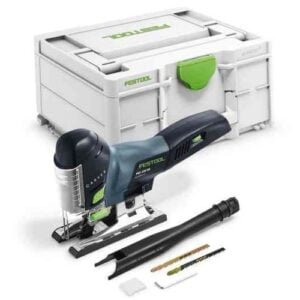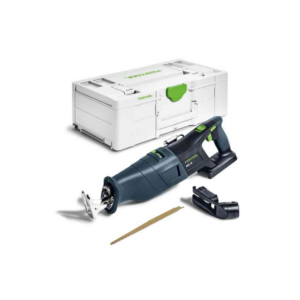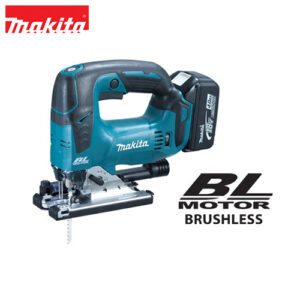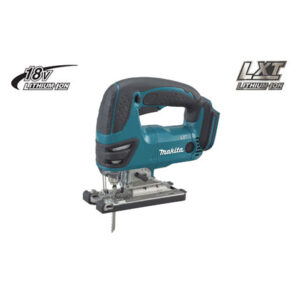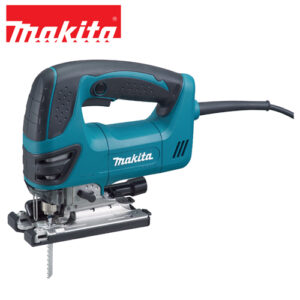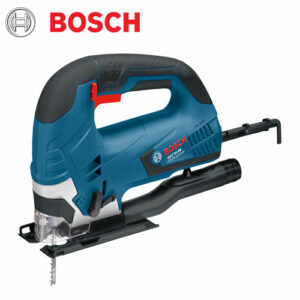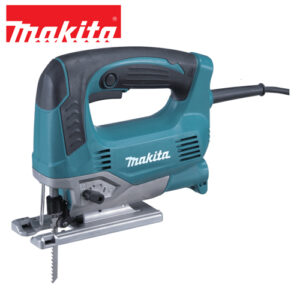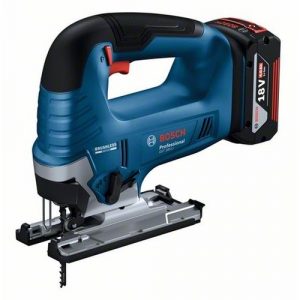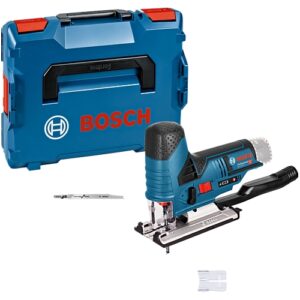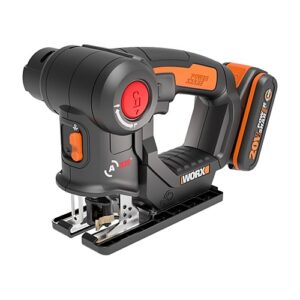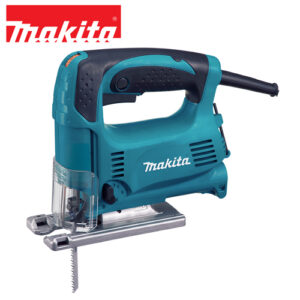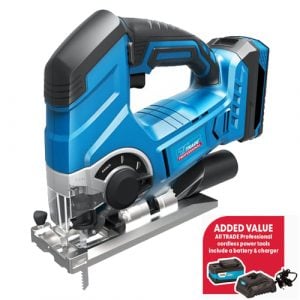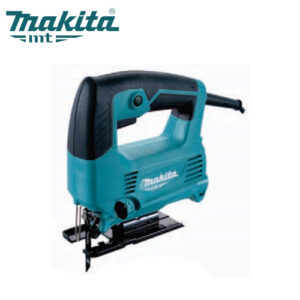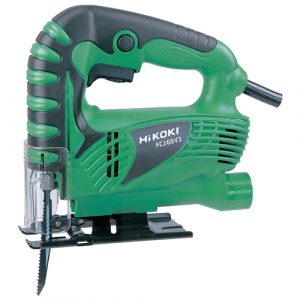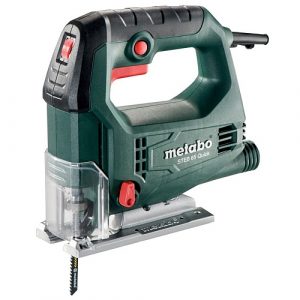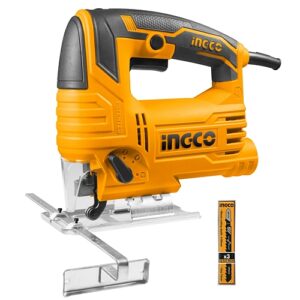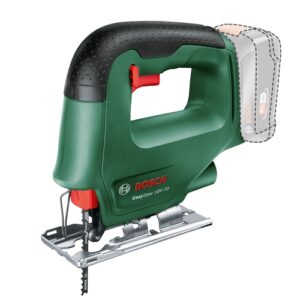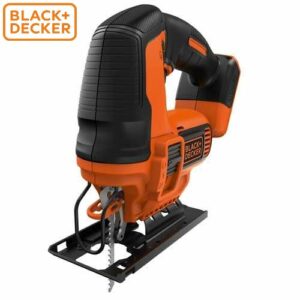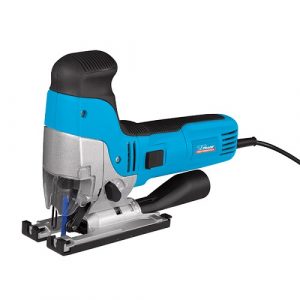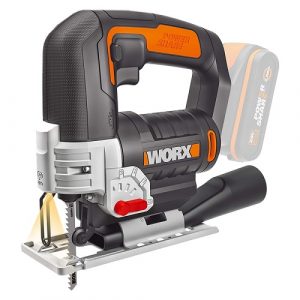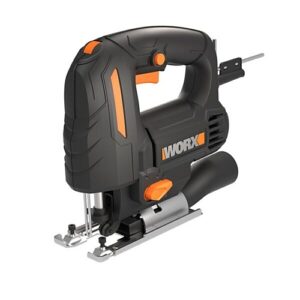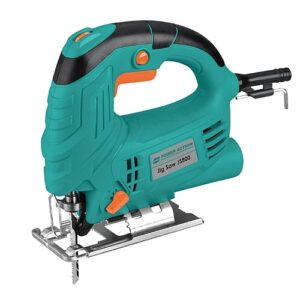
The principal of a jigsaw came to mind in 1946 when Albert Kaufmann, an engineer, replaced the needle of his wife’s sewing machine with a sawblade. The first jigsaw was produced in 1947 by Scintilla AG company in Solothum and in 1954 Scintilla was acquired by Bosch. Bosch has since innovated the tool.
The jigsaw works along the same principles as a sewing machine.
Jigsaws are mainly used for making curved, intricate cuts in wood, but can also cut through a range of other materials such as plastic, sheet metal, and ceramic tile. They can also be used to make straight cuts, plunge cuts, and bevel cuts.
The cutting speed of the upwards/downwards movements can be adjusted in degrees or can be regulated electronically.
The cutting speed ranges from 200 to 300 cut/minute* (determined by machine and manufacturer).
When using harder materials, for example, metals, lower cutting speeds are used. With softer materials like wood, higher cutting speeds are more appropriate.
The clamped sawing blade is designed to cut during the upward movement. This is aided by the so-called pendulum cut.
The pendulum cut ensures that the blade is pressed against the material with extra force during the upward movement. In this way, it is possible to saw faster, while using the same amount of energy.
Showing all 22 results
